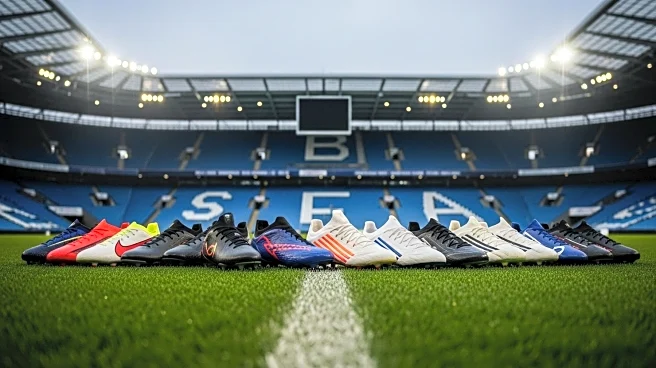What's Happening?
The Premier League is experiencing a significant shift towards younger players, with the average age of starting line-ups reaching a historic low. This season, 52% of players are aged 25 and under, with 31% being 23 and under. Clubs are increasingly investing in young talent, both for their potential on the field and their resale value. This trend is driven by changes in club strategies, focusing on developing homegrown players and acquiring young prospects. The shift is also influenced by financial considerations, as selling academy graduates can help clubs comply with financial regulations.
Why It's Important?
The trend towards younger players in the Premier League reflects broader changes in football management and economics. By focusing on youth, clubs can potentially reduce transfer costs and increase profitability through player sales. This approach also aligns with financial regulations that encourage sustainable spending. For fans, the influx of young talent brings excitement and the promise of future stars. However, it also raises questions about the balance between nurturing young players and ensuring they are not overburdened or rushed into top-level competition.
Beyond the Headlines
The emphasis on youth development could lead to long-term changes in how clubs operate, potentially affecting transfer markets and player career trajectories. There is also a cultural shift as clubs and fans embrace younger players, who bring fresh perspectives and styles to the game. However, this trend may also lead to increased pressure on young athletes, highlighting the need for support systems to ensure their well-being and development both on and off the field.











